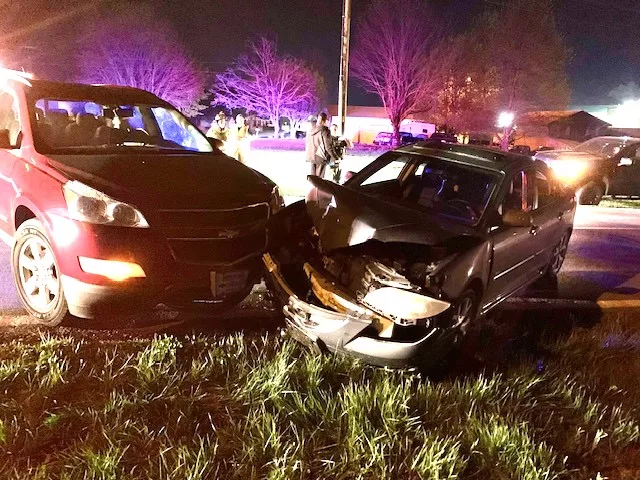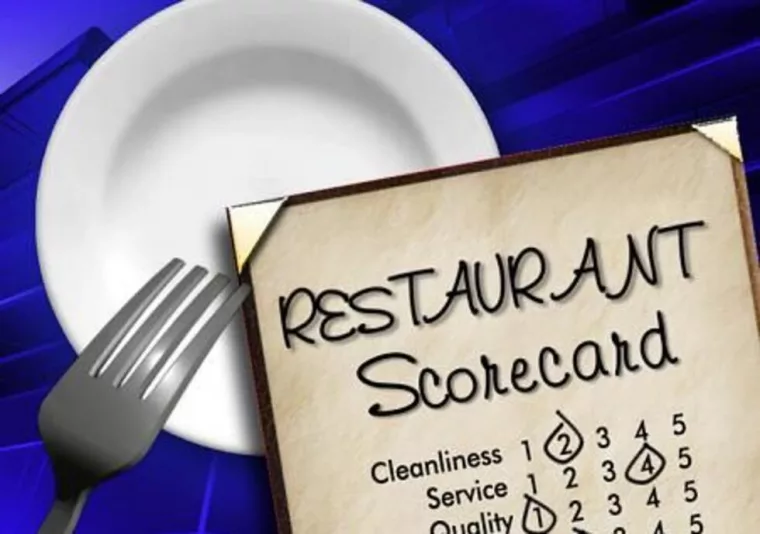
With multiple coronavirus vaccines now available throughout the U.S., the Grayson County Health Department has offered a breakdown of the vaccine rollout related to the order in which Grayson County residents will be offered the opportunity to receive a vaccine.
Of course, healthcare workers, first responders and front-line workers are in the process of receiving vaccines in Grayson County, but who follows and why?
Because the supply of COVID-19 vaccine in the United States is initially limited, the Centers for Disease Control and Prevention (CDC) is providing recommendations to federal, state, and local governments about who should be the first to receive vaccinations.
CDC’s recommendations are based on recommendations from the Advisory Committee on Immunization Practices (ACIP), an independent panel of medical and public health experts.
Health officials said the recommendations were made with these goals in mind: “Decrease death and serious disease as much as possible; preserve the ability of society to function; and reduce the extra burden COVID-19 is having on people already facing disparities.”
Healthcare personnel and residents of long-term care facilities have been offered the first doses of COVID-19 vaccines (Phase 1a)
The CDC recommended that initial supplies of the COVID-19 vaccine be allocated to healthcare personnel and long-term care facility residents and staff members; something that is being performed now.
This is referred to as Phase 1a. CDC made the recommendation on December 3.
Groups who should be offered vaccinations next: Phases 1b and 1c
The CDC recommends that, in the next phases, Phase 1b and Phase 1c, vaccinations should be offered to people in the following groups (the CDC made the recommendation on December 22.)
Phase 1b — Frontline essential workers such as fire fighters, police officers, corrections officers, food and agricultural workers, United States Postal Service workers, manufacturing workers, grocery store workers, public transit workers, and those who work in the educational sector (teachers, support staff, and daycare workers.)
People 75-years-old and older because they are at high risk of hospitalization, illness, and death from COVID-19. People 75 and older, who are also residents of long-term care facilities, should be offered vaccinations in Phase 1a.
Phase 1c — People 65- to 74-years-old because they are at high risk of hospitalization, illness, and death from COVID-19. People 65 to 74, who are also residents of long-term care facilities, should be offered vaccinations in Phase 1a.
People 16- to 64-years-old with underlying medical conditions, which increase the risk of life-threatening complications from coronavirus.
Other essential workers, such as people who work in transportation and logistics, food service, housing construction, finance, information technology, communications, energy, law, media, public safety, and public health.
As the availability of vaccines increase, vaccination recommendations will expand to include additional groups.
The goal is for everyone to easily receive a COVID-19 vaccination as soon as large quantities of vaccines are available. As vaccine supply increases but remains limited, ACIP will expand the groups recommended for vaccination.
(Photo: Grayson Co. Jailer Jason Woosley receiving the COVID-19 vaccine, courtesy of the Grayson Co. Health Dept.)
By Ken Howlett, News Director
Contact Ken at ken@k105.com








